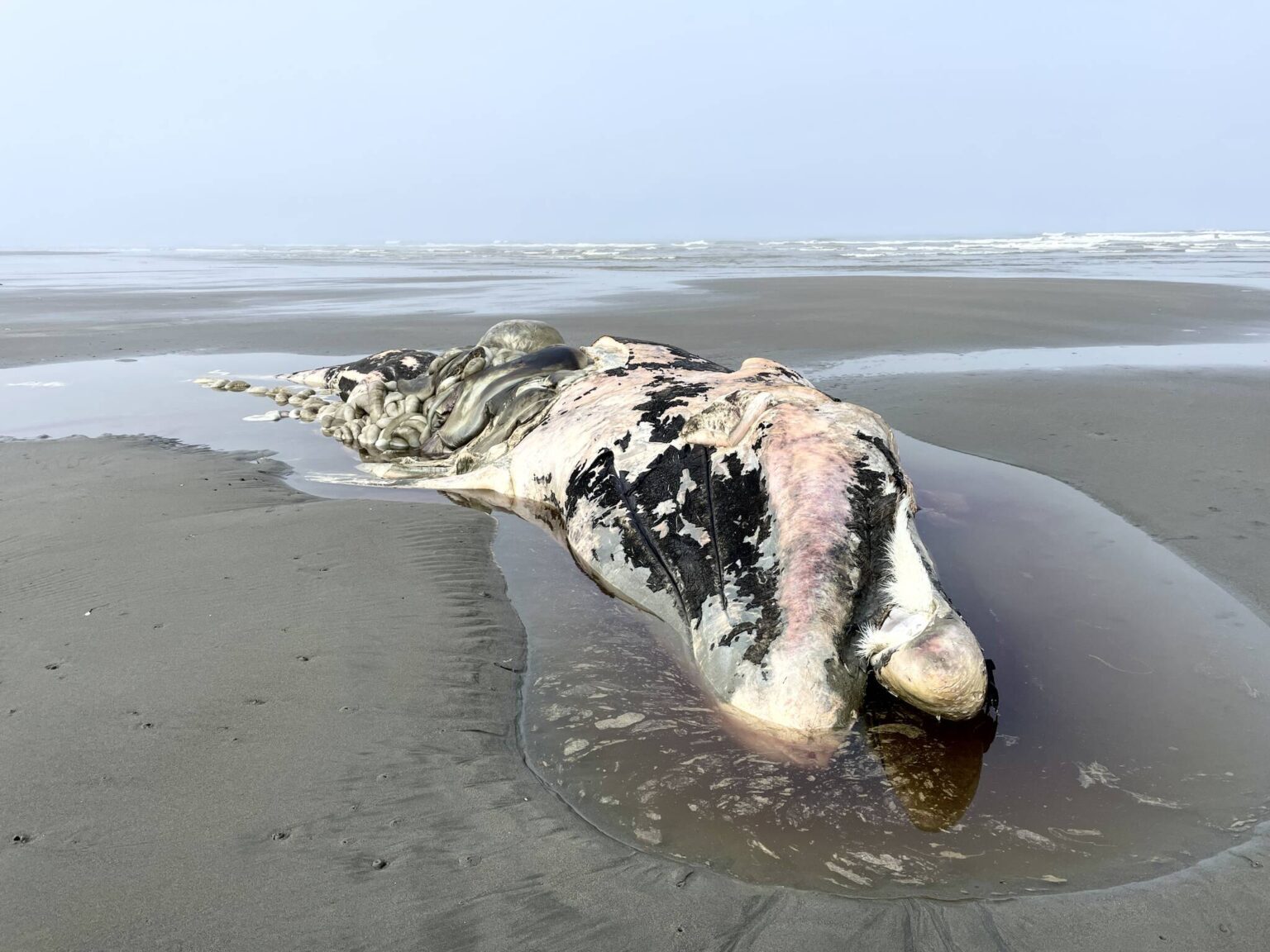OF THE
TIMES
They call it "The American Dream," because you have to be asleep to believe it.
With NATO anxious to get more involved in the war, I imagine we will be hearing a lot more instances like this, a lot of "he said, she said" to...
'' He added that computers can communicate at "a trillion bits per second", while humans can only manage around 10 bits per second while typing on...
"had been peaceful until a group of masked outsiders joined the original group" Obviously they had something to hide.
"the first Minsk agreement set the pattern of a de-escalated slow-burning frozen conflict that rumbled at low-level until 24 February 2014. Those...
they tend to sound repetitive and not quite human. It will be difficult to distinguish between A-eye and most newspapers then, as well as public...
To submit an article for publication, see our Submission Guidelines
Reader comments do not necessarily reflect the views of the volunteers, editors, and directors of SOTT.net or the Quantum Future Group.
Some icons on this site were created by: Afterglow, Aha-Soft, AntialiasFactory, artdesigner.lv, Artura, DailyOverview, Everaldo, GraphicsFuel, IconFactory, Iconka, IconShock, Icons-Land, i-love-icons, KDE-look.org, Klukeart, mugenb16, Map Icons Collection, PetshopBoxStudio, VisualPharm, wbeiruti, WebIconset
Powered by PikaJS 🐁 and In·Site
Original content © 2002-2024 by Sott.net/Signs of the Times. See: FAIR USE NOTICE

Reader Comments
to our Newsletter